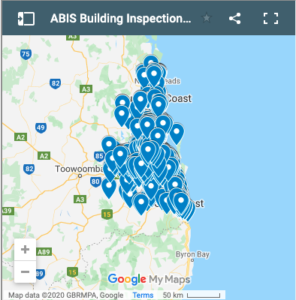Home Ventilation
Homes need ventilation-the exchange of indoor air with outdoor air-to reduce indoor pollutants, moisture, and odors. Contaminants can accumulate in poorly ventilated homes, causing health problems. Excess moisture in a home can generate high humidity levels. High humidity levels can lead to mould growth, fungal decay, timber pest activity, and structural damage.
There are three basic ventilation strategies:
Natural ventilation:
Controlled or uncontrolled air movement into a home through cracks, small holes, and vents, such as windows and doors. In its simplest version natural ventilation is opening windows and doors, to benefit from breezes. But natural ventilation – cross and stack ventilation – can be part of a more elaborate approach for cooling our homes, involving features like home design, landscape, placement and size of openings, etc.
Air movement is the key element of passive cooling. Cross ventilation is very effective for building cooling and is based on fresh air entering in one side of the house, pushing warmer inside air out of the building through openings in the opposite side. Convective ventilation involves fresh air entering the home by lower openings, while warmer air rises and goes out through upper openings (often in the second floor of the house)
Natural ventilation loses much of its power in cold climates or even in hot-humid climates. Unlike mechanical air-conditioning, natural ventilation doesn’t reduce the humidity of incoming air, making the cooling process rather ineffective during periods of high humidity (in hot-humid conditions).
Higher humidity conditions requires greater air-speeds and greater ventilation to provide comfort. And the breezes and shaded spots associated with natural ventilation may not provide those pre-conditions.
If natural ventilation can’t provide significant comfort, a closed building-air-conditioning approach may be more effective for some parts of the house
Whole-house ventilation:
Controlled air movement using one or more fans and duct systems.
Spot ventilation:
Controlled air movement using localized exhaust fans e.g. ceiling fans, kitchen and bathroom exhaust fans to quickly remove pollutants and moisture at their source. Typically used in conjunction with one of the other strategies.
WIKIPEDIA ENTRY FOR VENTILATION.






